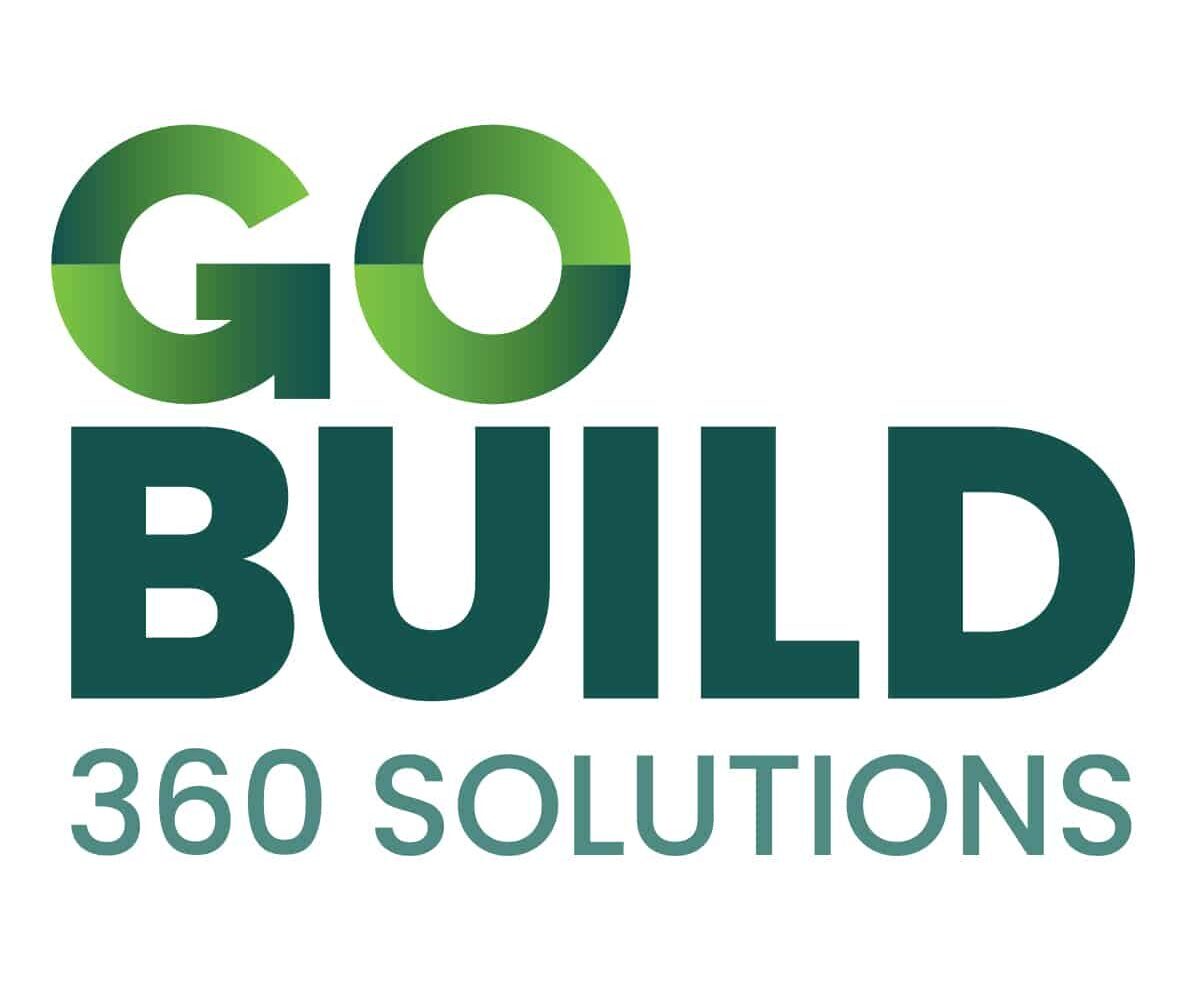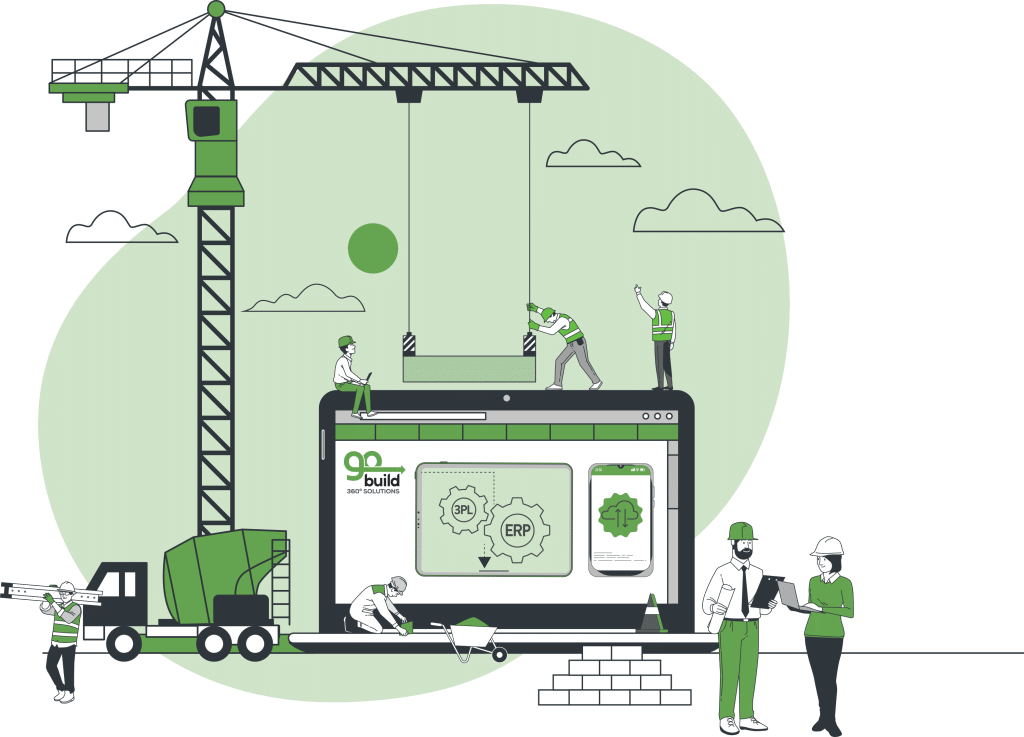Alright, let’s dig into the good, the bad, and the ugly of both Composable Commerce and Headless E-commerce.
Composable or Headless? Which e-commerce architecture is best for your business?
Composable e-commerce offers flexible, interchangeable modules that easily cater to your business’s evolving needs. In contrast, headless e-commerce provides robust API-centric solutions for a seamless user experience across multiple touchpoints.
Choosing between the two is difficult.
But maybe you don’t have to choose at all.
Understanding Composable Commerce
Composable Commerce is the progressive, innovative architect of the e-commerce world. Composable architecture gives you the ability to ‘compose’ your unique e-commerce platform from different modules or components.
And do you know why?
The fundamental benefit of Composable Commerce lies in its flexibility.
Composable systems integrate the best modules for your specific needs for a seamless experience. You can add, remove, or replace components as you wish, just like customizing your construction blueprint to adapt to changing project needs.
Recapping the Benefits of Composable Commerce:
- Flexibility: Mix and match components to fit your specific business needs.
- Operational efficiency: Automate manual tasks, freeing up resources for high-value-added work.
- Scalability: Easily adapt and grow with your business as it evolves.
In terms of operational efficiency, Composable Commerce is the best there is. Your composable e-commerce platform automates countless manual tasks. And that frees up resources to focus on high-value-added work that makes a direct impact on your bottom line.
Composable Commerce Case Study: Cashbuild
The construction retail behemoth Cashbuild didn’t just dip its toes in the e-commerce waters; it dove right in.
The result?
Cashbuild tripled its sales within 36 months, all thanks to the composable commerce solutions from GoBuild360.
Boasting an impressive portfolio of over 300 stores, Cashbuild digitally transformed its sales operation and experienced a boom in online sales that completely altered its business trajectory.
Exponential Growth Unleashed
With the power of the GoBuild360 e-commerce platform, Cashbuild’s online sales went from small to smashing real quickly. A threefold increase month-on-month for the initial three years tells the tale of their phenomenal success.
At this point, you may wonder, “Will my digital storefront make my physical stores obsolete?”
Integration, Not Competition
No Way! Contrary to your concerns, blending e-commerce with traditional in-store sales is a harmonious co-existence.
How so?
It’s like this.
Imagine you’re a Cashbuild customer. You’re on the job, and you can see you’re going to run short of materials. You open up your GoBuild360-powered e-commerce app and get immediate access to the inventory at the closest Cashbuild store.
You can order right from the job site, pay, and schedule delivery, all with just a few clicks.
“But what if you need something the closest store doesn’t carry?”
No sweat!
With a cloud-based online ordering system, you’re not tied to one specific store. No way.
You’ve got access to every Cashbuild store across the region — and even across the country. Just find what you need, add it to your cart, arrange for shipping, and Boom! ???? Your hard-to-find materials are on the way.
This level of integration means the online platform doesn’t compete with brick-and-mortar stores; instead, it becomes an extension of the physical shopping experience.
You sell more products, in more places, to more people with an online ordering system.
And you’re not just making your existing customers happy, either.
The ease, convenience, and time-saving features of your new online shopping experience appeal to customers that might otherwise not frequent physical stores.
And with access to inventories across Cashbuild’s widespread locations, finding those niche, hard-to-get items just got easier for them too.
With the GoBuild360-powered e-commerce platform, Cashbuild’s customers find all their needs met under one virtual roof, eliminating the need to shop elsewhere.
Leaping into the E-Commerce Era
Are you ready to revolutionize your sales approach with e-commerce?
Leap ahead of the competition with confidence!
I’m Ready to Leap Ahead!
Decoding Headless Commerce ????
Just like a well-coordinated construction crew, Headless Commerce plays a distinct role in your e-commerce structure. In fact, you could even say that Headless Commerce is the central hub of your e-commerce operations.
But what exactly is Headless Commerce?
At its core, Headless Commerce is a framework by which the front-end presentation layer of a website (the “head”) is separated from the backend infrastructure.
This “decoupled” structure gives businesses complete control over how their products are displayed and sold to customers without being limited by the constraints of the backend system.
And the benefits?
With Headless Commerce, you get total front-end control, like an architect overseeing a building design.
You can customize the user interface to align with your brand, adapt to market trends, and offer an improved, seamless user experience across various devices.
- Front-end Control: Customize your site’s look and feel independent of back-end operations.
- Seamless User Experience: Provide an improved, seamless user experience across various devices.
- Market Adaptability: Adapt quickly to market trends and consumer demands.
So, we showed you how Cashbuild is capitalizing on the convenience and speed of online shopping. So now, let’s take a look at how two other retail giants are leveraging Headless Commerce to drive sales with customer-centric experiences.
Headless Commerce in Action: Real-World Examples
 Nike’s Mobile Conquest: Just Do It
Nike’s Mobile Conquest: Just Do It
Just like an athlete focusing on the finish line, sportswear giant Nike set its sights on a very specific goal: owning the mobile space. Recognizing that their customer base was dominantly mobile, Nike reimagined their e-commerce experience to match the mobile-first mindset.
And how did that work out?
In a word – triumphantly. This strategic move allowed Nike to outpace competitor Adidas, snagging a bigger piece of the market share pie and cementing their position as a leader.\
Headless in Action: Target’s Multi-Device Mastery
Retail powerhouse Target was locked in an epic battle against formidable foes Amazon and Walmart. But Target had a game plan.
Target identified that 80% of their customers were device-hoppers, beginning their buying journey on one device and finishing it on another.
The solution?
Target embraced the power of Headless Commerce to bridge the gap between devices, unifying their customer journey across all touchpoints.
The outcome?
Post headless adoption, Target enjoyed a noticeable surge in their site’s conversion rate. The seamless device-hopping experience meant more users found it convenient to complete their purchase, giving Target the edge it needed.
Why Choose? The Synergy of Composable and Headless
At first glance, Composable Commerce and Headless Commerce might appear to be rivals. But that’s far from the truth. The two e-commerce architectures can work together, creating a powerful, custom solution that brings together the best of both worlds.
Benefits: The Power of Choice and Customization
The pairing of Composable and Headless Commerce equips business owners with the superpower of choice. It allows you to tap into best-in-class modules to suit your operations while gaining total control over your customer’s front-end experience.
The best part? This total customization comes at a fraction of the cost of building a standalone system from scratch, making it a highly cost-effective solution.
The Synergy of Composable and Headless: Why Choose? ????
Now comes the revelation.
What if you didn’t have to choose between Composable and Headless Commerce?
That’s right. Instead of an ‘either-or’ situation, you can create a synergistic relationship between the two, crafting an e-commerce system that perfectly suits your business needs. It’s like combining the best tools and materials to create a state-of-the-art building.
- Choice and Customization: Choose the best modules for your operations while gaining total control over your customer’s front-end experience.
- Cost-effectiveness: Get a customizable, robust, and efficient e-commerce platform at a fraction of the cost of developing a standalone system.
- Scalability: Build a future-proof platform that can grow with your business.
This union lets you tap into the flexibility of Composable Commerce and the complete front-end control of Headless Commerce.
You get the best of both worlds, all working in unison to enhance your customer experience and streamline your operations.
Integration Opportunities: Capitalizing on the Best of Both Worlds
This is what you get when you integrate Composable and Headless Commerce.
Best-in-Class Modules
Composable Commerce lets you select the very best modules suited for your operations. Whether it’s plant management, batching, operations, order management, logistics, customer relationship management (CRM), or an exceptional search and navigation functionality, you have the freedom to assemble your e-commerce platform piece by piece.
You Have Total Control
Meanwhile, Headless Commerce empowers you with total front-end control. Just like an architect overseeing a building design, you decide how your site looks and feels to ensure an engaging customer experience.
The Added Value of Integration
You gain the flexibility and customization of Composable Commerce and the front-end control of Headless Commerce.
The result? An e-commerce platform tailored perfectly to your needs.
We’d be happy to show you.
Show Me!
What About MACH?
MACH architecture is a modern approach to building digital experiences, and it stands for:
- Microservices: Microservices break down a complex application into small, loosely coupled, and independently deployable services. Each service corresponds to a specific business goal.
- API-first: API stands for Application Programming Interface. You can think of it as the connection between services. APIs ensure that all your services can interact with each other seamlessly, regardless of the technology used to develop the service.
- Cloud-native: Cloud-native refers to developing applications specifically for cloud computing environments. Cloud-native applications are designed to take advantage of cloud computing frameworks, which often include containerization for better resource utilization, microservices for adding or improving features without disruption, and CI/CD tools for fast and efficient development and deployment.
- Headless: And, of course, we’ve already learned about Headless architecture refers. Headless means we decouple the front-end presentation layer from its back-end functionality. This separation allows businesses to choose any technology stack for the front-end and deliver a consistent experience across multiple channels and touchpoints.
The MACH architecture’s core strengths are flexibility, scalability, and performance.
How Does MACH Fit In With Composable and Headless?
MACH architecture actually incorporates aspects of both composable and headless architectures. Let’s break it down:
Microservices & API-first: These two components of MACH are the foundation for composable commerce. They enable a business to combine different services to fit their specific needs. The microservices architecture enables individual services to be developed, deployed, and scaled independently. And the API-first approach ensures these services can interact seamlessly.
Cloud-native: This aspect of MACH aligns with both composable and headless commerce, as both approaches are often cloud-based.
Headless: This is where the headless in MACH comes in. By decoupling the front-end presentation layer from the back-end functionality, businesses have the freedom to design unique, channel-specific customer experiences while maintaining a robust, scalable back-end system.
In essence, MACH architecture is a more comprehensive framework that builds on the principles of both composable and headless commerce to create an even more flexible, scalable, and efficient e-commerce ecosystem.
Deciphering Digital: Headless, Composable, and MACH Architectures
Building material suppliers know they need to digitize to stay competitive. But navigating the technical jargon of e-commerce and the software architectures that drive it can be overwhelming.
Here’s what it all means:
- Understanding Business Needs: Firstly, it’s important to understand your specific needs and objectives.
- Do you want to provide customers with a highly customized, consistent brand experience across multiple channels? Or is flexibility your priority?
- Truly understanding your unique business needs will guide you toward the best software architecture for you.
- Selecting the Right Technology:
- With a Headless or MACH approach, suppliers can create engaging, customized front-end experiences without worrying about back-end limitations.
- While Composable commerce systems focus on selecting best-in-class systems to build a highly customized platform that adapts to your changing business needs as you grow.
- Vendor Selection:
- Composable commerce often reduces vendor lock-in. That gives you the power to select the best microservices from different vendors.
- This can provide more flexibility in switching vendors as your business needs change.
- Future-Proofing the Business:
- These modern architectures can help future-proof your digital commerce operations.
- The flexibility and scalability these systems provide allow easier adaptation to changing market trends and business strategies.
- Consider Resources and Support:
- As great as these systems are, they do require a certain level of technical expertise and support.
- Considering the availability of skilled developers, and the cost and expense of managing an in-house IT department, most suppliers would benefit by partnering with a team of skilled service providders like GoBuild360.
Remember, there’s no one-size-fits-all answer. The decision should be based on the unique needs, resources, and long-term goals of the supplier. Consulting with digital transformation experts or e-commerce solutions providers like the team at GoBuild360 allow you to develop a custom solution tailored to your specific circumstances.
Bottom Line?
So, in the Composable versus Headless debate, maybe it’s not about choosing one over the other.
Instead, it’s about finding the right balance and synergy between the two for a tailor-made solution that truly drives growth and profit.
Which system is right for you?




